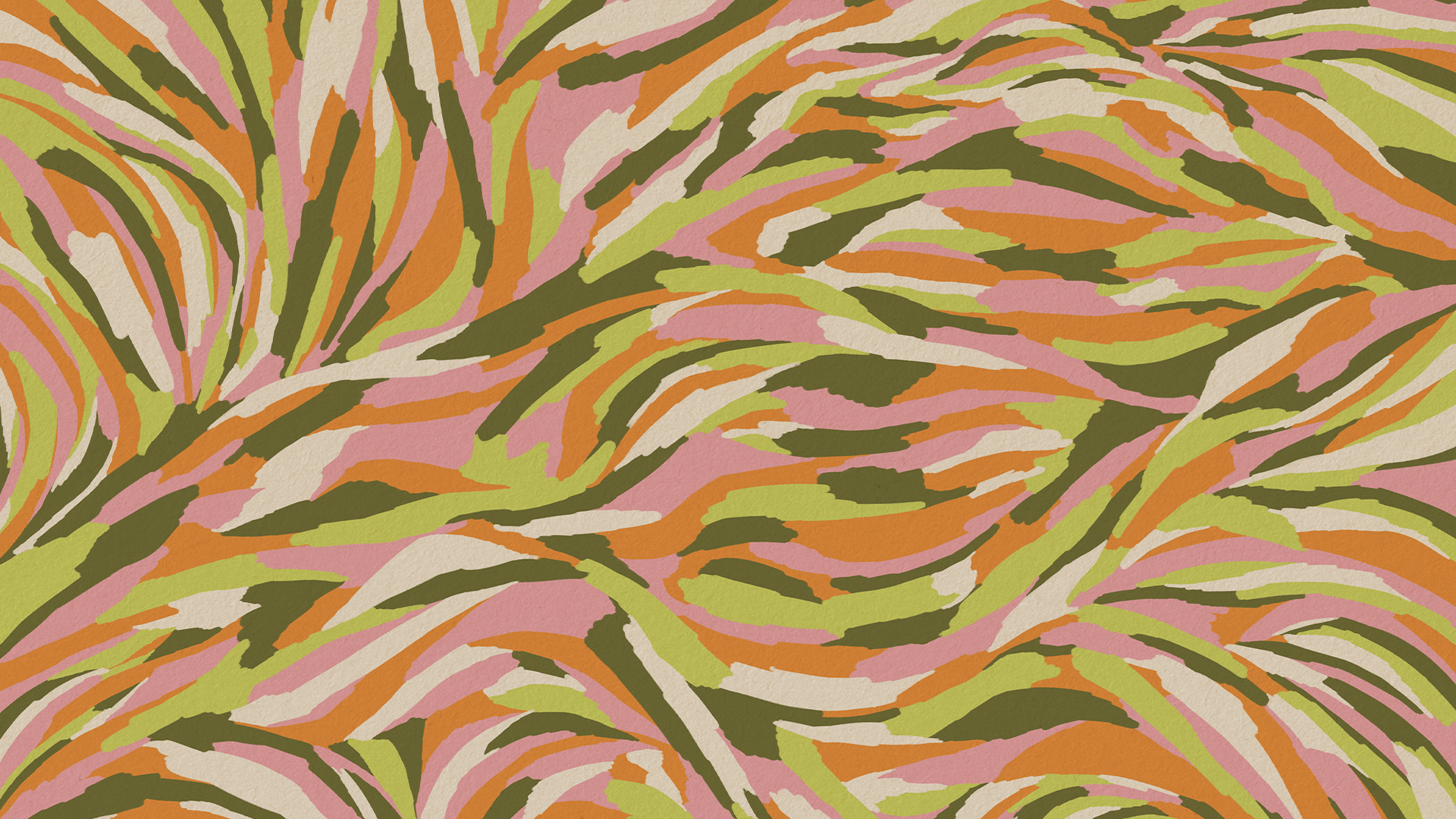Breadcrumb
Collaborating with First Nations peoples and communities creates rich, diverse and educative projects. Projects involving First Nations Culture and ICIP should be First Nations-led or, at very least, codesigned.
There are various situations where First Nations and non-First Nations people or organisations might collaborate on a project, activity or creation.
Here are some examples:
| Creative work | Type of collaboration |
|---|---|
| Film |
|
| Visual art |
|
| Music |
|
| Theatre |
|
| Dance |
|
| Literature |
|
Note: This list is not exhaustive and there may be many others.
Working on Country
All of Australia is Country. However, when you’re visiting communities or Aboriginal and Torres Strait Islander lands, there are important additional cultural considerations to keep in mind.
Be respectful on Country
Consider the relevant cultural protocols of the community you are visiting or the Country you are accessing. There are ways you should act to be respectful on Country.
Some examples of good practices include:
- checking permission to access Country or to visit a community
- acknowledging Country and the Traditional Owners of the surrounding lands, waters and skies, and thanking community for taking the time to meet with you
- wearing appropriate clothing
- introducing yourself, and acknowledging people that you pass as you walk around in a community
- staying on the marked paths and respecting areas that are off-limits
- paying attention to social cues, including body language. For example, waiting for people to invite conversation or indicate when it’s appropriate to approach
- being mindful of significant cultural dates for specific communities and cultural activities such as Sorry Business, and postponing visits if necessary to respect community activities
- not taking anything from Country, such as plants, rocks, sand or other items, without permission
- always asking for permission to take photographs, videos or recordings.
Learn more about:
Ask permission to access Country or visit a community
If your project involves a visit to First Nations lands where access is restricted, such as the Anangu Pitjantjatjara Yankunytjatjara (APY) Lands in South Australia or outer Torres Strait Islands, a permit must be obtained from the local land council or trust, or the community council. For information, consult the local land council or Prescribed Bodies Corporate (PBC) in the region you intend to visit or, for the Torres Strait, contact the Torres Strait Island Regional Council.
There are also permit requirements (and at times, prohibitions) on conducting commercial or creative work in certain areas that are culturally significant to First Nations peoples.
Do your due diligence to understand the rules for the area you are working in.
Ask permission to take photographs or film
If you plan on taking photographs, filming, or recording information, sounds or voices on Country, ensure that you have received prior approval to do so. Be cautious that some stories, art, ICIP or sites are culturally sensitive, sacred or gender-specific, and so recording and publishing these materials may be inappropriate.
In practice: Commercial filming and photography on Commonwealth parks and reserves
The Environment Protection and Biodiversity Act 1999 (Cth) and associated Regulations require permits and sets certain guidelines for commercial filming and photography on Commonwealth parks and reserves. This includes the Uluṟu-Kata Tjuṯa National Park and Kakadu National Park.
Artists and creators working on Commonwealth parks and reserves should be aware of these guidelines. They inform photographers, filmmakers and artists about:
- the cultural significance of the area, including identification of sacred or sensitive sites in the park, and what can and can’t be done at those sites
- naming conventions
- processes for involving the local community in projects
- restrictions and consultation requirements around digital manipulation of images
- approval process for use of images or footage for advertising or promotional purposes
- prohibitions or rules relating to the use of drones.
Ask permission to take samples
Physical samples, like plants, animals, seeds, water, soil, rocks, shells and coral, are part of Country, and may hold cultural significance for First Nations peoples, and may be ICIP.
There are also biodiscovery laws both nationally and in some states and territories that create rules around taking genetic and biological resources from lands or waters.
Always seek both cultural permission and legal approval when working with genetic resources or samples from Country. Before removing any samples from Country, collaborators must seek permission from the local PBC or community, and respect local cultural protocols. It’s also important to comply with all relevant laws and regulations.
Keep learning:
Permissions for media in Uluṟu-Kata Tjuṯa National Park
Department of Climate Change, Energy, the Environment and Water
Learn morePermits for accessing biological resources in Commonwealth areas
Department of Climate Change, Energy, the Environment and Water
Learn moreProcuring First Nations businesses
When engaging First Nations businesses for a project, prioritise working with genuine First Nations-owned businesses. Be mindful to avoid black cladding.
Black cladding describes the practice of a non-First Nations business intentionally and falsely presenting themselves as First Nations or exaggerating involvement with First Nations communities. It is often done to gain a competitive edge, access First Nations-identified procurement opportunities, or enhance their public image.
How to verify a business is genuinely First Nations
Consider the following questions:
- Who are the owners? Are they First Nations? How involved are they in the business?
- What is their the business’s relationship with or to First Nations peoples?
- Watch for vague or undefined statements e.g. “proceeds go to First Nations initiatives” – Who and what initiatives?
- Look for certifications and memberships. Examples include Supply Nation, peak bodies and state-based First Nations business directories such as NSW Indigenous Chamber of Commerce Inc.
Keep learning:
The NSW Indigenous Chamber of Commerce Inc
Learn moreIf a disagreement or dispute arises
Disagreements or misunderstandings can sometimes happen during collaborations. If they do:
- listen carefully to feedback from First Nations collaborators or communities, and to take their concerns seriously.
- where possible, amend your plans or processes to address the issues raised
- approach disagreements with openness, patience, and a willingness to learn
- depending on the situation, it may be appropriate to involve an independent mediator, seek advice from a trusted First Nations organisation, or pause the project to rebuild trust.
Respectful communication and genuine responsiveness are key to resolving issues and maintaining the integrity of the collaboration.
Learn more about Culturally informed dispute resolution.
After the collaboration
Communicating project results
Good collaboration relies on good communication. Consultations or discussions should not be ‘one and done’. Even once the project is over, keep lines of communication open.
Provide First Nations collaborators with a copy or access to the final product. This demonstrates respect, acknowledges the contributions the collaborator has made to the project, and helps to ensure the cultural integrity of the First Nations elements within the work.
In practice:
Commissioning a First Nations artist
A theatre company commissions a First Nations artist to design a backdrop for a production that tells a story connected to her Country.
Before finalising the backdrop, the company shares the near-complete backdrop with the artist for final feedback. The artist suggests adjustments to ensure the backdrop is not stretched or distorted, so that the cultural symbols are accurately represented.
After the production launch, the theatre company provides the designer with photographs and a video recording of the final stage design.
Attribution and crediting for publications
Credit First Nations collaborators and Traditional Owners for their involvement on the project. Check with First Nations collaborators on how they would like to be attributed.
Acknowledge the Country where your project took place.
Learn more about practical ways to protect ICIP.
Keeping records and archiving
It is important to keep good records. Keep track of any consents granted, and ensure that cultural materials, including ICIP, are only used as agreed.
In some cases, it may be necessary to archive, restrict, or even delete certain materials, such as secret or sacred information, or representations of deceased people to respect cultural protocols and support future custodians of Indigenous Cultural and Intellectual Property (ICIP).
Continue the relationship
Strong collaborations don’t end when a project finishes. Ongoing relationships help to build trust, deepen respect, and create new opportunities for meaningful collaboration in the future.
Good practice case studies
Case study: Film crew on Country
A documentary crew plans to film a series on the cultural significance of waterholes across different regions.
Before filming, they seek permission from the local Traditional Owners to access Country and discuss the purpose of the project in detail.
They obtain the necessary permits and use culturally appropriate consent forms that cover filming, interviews, and the use of footage featuring First Nations peoples.
The consent forms clearly state where and how the film will be shown and distributed.
Through early and respectful consultation, the film crew builds trust and creates a documentary that honours community perspectives and cultural protocols.
The crew also ensure that First Nations actors and advisors are attributed and benefit from the work.
Country is acknowledged in their title scene.
Case study: Hosting an event on Country
A festival organiser wants to host an outdoor event on Country.
Before announcing the festival, they meet with Traditional Owners to discuss the idea.
They work in partnership to ensure cultural protocols are respected, such as performing a Welcome to Country, identifying areas of the site that need to be avoided, and setting cultural guidelines for artists and visitors.
They also ensure that First Nations performers and local businesses are included and benefit from the event.
This careful and collaborative approach helps create an event that is respectful, inclusive, and welcomed by the local community.
Learn more about cultural events and ceremonies.
Case study: Engaging a First Nations artist
A local council commissions a mural to celebrate community diversity and wants to include First Nations representation.
They prioritise engaging a local First Nations artist whose connection to the area ensures the artwork is culturally appropriate.
From the beginning, the artist is invited to lead the creative vision rather than responding to a pre-set brief.
The council agrees on fair payment, clear ownership of the artist’s IP and ICIP rights, and public recognition of the artist's contribution.
This First Nations-led approach ensures the artwork is meaningful, respectful and deeply connected to Country.
Case study: Collaborating with a dance company on Country
A performing arts organisation seeks to collaborate with a First Nations dance company to create a site-specific performance on Country.
They approach the dance company early, recognising their cultural authority and expertise, and co-design the project together.
The organisation respects protocols for accessing Country, obtains consent for filming and photography, and adapts the project timeline to allow for proper consultation with Traditional Owners.
The final performance honours both the land and the stories shared, creating a culturally safe and powerful collaboration that is led by First Nations voices.

The content in the body of this page including text and graphics, excluding artwork, is owned and licensed by Terri Janke and Company. Learn more about copyright for materials owned by Terri Janke and Company.
More in this section:
Tips for great collaborations with First Nations creatives and communities
This page provides tips on how to collaborate respectfully with First Nations peoples and communities and on Country.
Protecting your cultural rights as a First Nations collaborator
As a First Nations creative, you have rights to your work and your Culture. Understanding those rights can help you ensure your work is respected throughout any collaboration.




